 [Update: Thrilled to announce that this post won Gold for Best Digital Writing at the 2018 GWA Media Awards from the Association for Garden Communicators. It was an unexpected honour, especially since the competition was very worthy.]
[Update: Thrilled to announce that this post won Gold for Best Digital Writing at the 2018 GWA Media Awards from the Association for Garden Communicators. It was an unexpected honour, especially since the competition was very worthy.]
I’d wanted to tell you a cool thing about ants and aphids. These are Norway maple aphids (Periphyllus lyropictus), one of 4,000+ aphid species. (Who knew the annoying little sap-suckers were so specialized!) They were visible on the top of the leaf, not their usual worksite on the underside. See how they’re in a nice, neat herd? The “cool thing,” if you click that first link: the ants tranquilize them with chemicals in their feet to keep them that way. Huh.
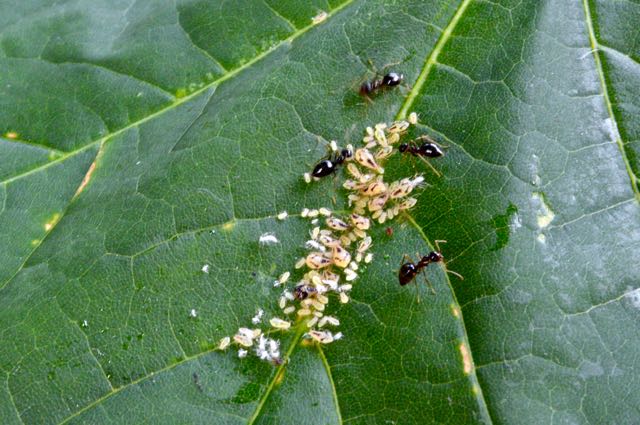
As fascinating as that was*, this fascinated me more
This is a mutualistic relationship. What’s that, you ask? It’s when two species cooperate for mutual benefit. (*Aphids are fascinating in their own fashion: The odd-ball way they reproduce. Something for a different post…)
Now, tranquilizing something to have your way with it does not really sound like cooperation. But the aphids do gain from it: the ants protect them by keeping off predators like our friendly lady beetles. The ants get to harvest the aphids’ nectar-like excretions. In fact, if an ant gives an aphid a little back-rub with its antenna, the aphid responds by producing a drop of sweet honeydew. See the shiny patches from this sugary substance on the leaf above?

Win-win mutualistic situations are common in the natural world.
Pollination is often mutualism in action. The pollinator enjoys the nectar or pollen, and the pollinated gets to make babies. Plants have figured out all kinds of strategies, if you’ll forgive the anthropomorphism, to attract pollinators and force them to effectively pollinate. This is something that Sonia Day covers extensively in her book The Untamed Garden (our review here).

Bees and butterflies are the most famous pollinators.
In fact, bees could not survive without the nutrition flowers provide. Other pollinators include moths, bats, beetles, flies of all sorts, mammals (including us) and even a few reptiles. But not all these relationships are mutually beneficial.
Plants with flowers that smell like rotting meat, for instance, compete for pollinators where bees and butterflies have too many choices or aren’t around. So they attract flies. These plant-fly relationships are not always mutualistic. The plant does trick the fly into pollinating it by luring it with that corpselike scent, but depending on the plant genus, the fly might get nothing for its pains. No yummy rotting meat, for one thing. It has to work both ways to be mutualism.
Birds can also be effective pollinators.
Like the hummingbird above slurping from the scarlet Crocosmia flowers, the benefit is often mutual. But pollination isn’t the only way a bird or other animal plays win-win with a flower. While the goldfinch noshing on Echinacea seeds enjoys a tasty snack, some of those seeds will pass through its digestive system intact, and be deposited elsewhere – along with a bit of added, um, fertilizer. Win-win, see?
(Cursor over an image, or touch if by mobile, to see captions. Or click any image to embiggen it or view slideshow.)

The poster child for mutualism is lichen.
Lichen is a complex mutual relationship between two very different organisms – a fungus and an alga (the singular of algae) or a cyanobacterium. The fungus has no chlorophyll, but the alga does – and it photosynthesizes food enough for both. Meanwhile, the fungus allows the alga to survive and reproduce in places away from water, such as on rocks or trees. Although the species might differ from ours, the Australian National Herbarium has a great page with everything you need to know about lichen.
Monarch butterflies (Danaus plexippus) have a strong mutual relationship with milkweeds (Asclepias spp.). It both feeds on the nectar, acting as a pollinator, and lays its eggs on milkweed plants. The milkweed toxins ingested by the Monarch caterpillars discourage predators from eating them.
The plant-butterfly love affair isn’t always mutual.
That swallowtail cat nibbling on something from the carrot or parsley family (Apiaceae) – celery or lovage, here? – can actually be detrimental if it exfoliates [Ed: or rather: defoliates] the plant. The voracious tomato hornworm (Manduca quinquemaculata) is another bad example.
And sometimes a creature gains without having any effects on its host, positive or negative. Like the garden spider who uses a plant as support for its web, but the plant doesn’t suffer or gain from it. This might be an example of commensalism. What do you say?
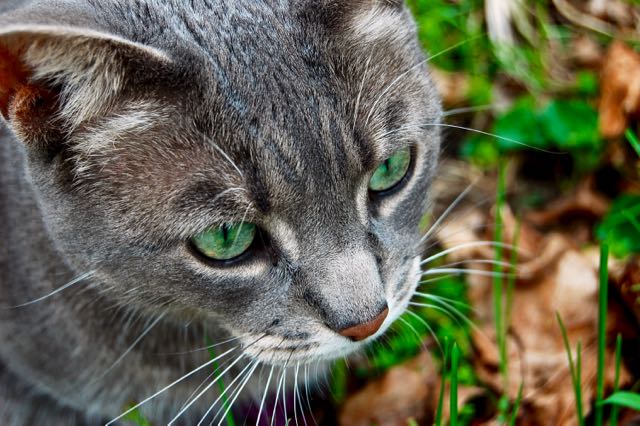
Even humans share mutualism with other species.
This Quora discussion covers many interesting examples, including domesticated animals like Willow and the whole, newly appreciated microbiome of gut flora – the microscopic ecosystem inside our bodies.
Of course, there is the kind of relationship between members of the same species, working together for mutual benefit. We simply call this cooperation. I’d like to see a lot more of that in the world. Wouldn’t you?

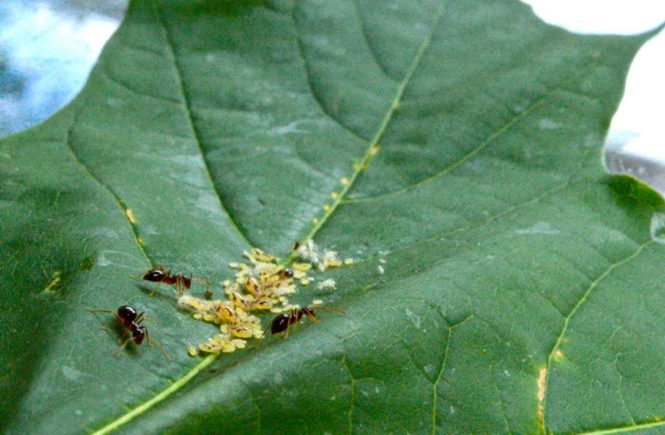
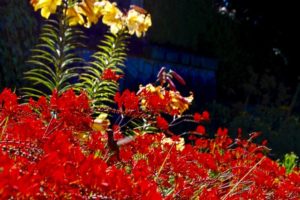
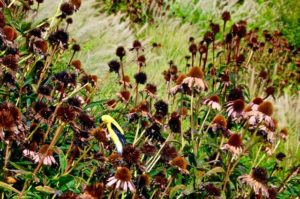
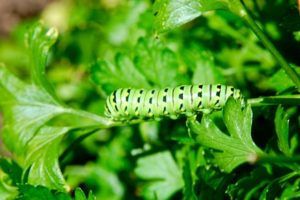

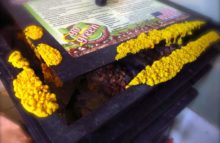
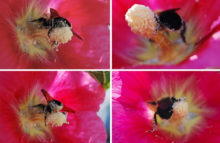

6 comments
Well it’s not so much as it’s not been read as I feel totally inadequate to respond. Glad you wrote it! XX
Thanks for being here, Anne.
Congratulations!
Thank you!
Wow, this is a fine work of language art, congratulations!
LoL at the ex and defoliate joke!
Thanks, Jessica. Glad you enjoyed it.